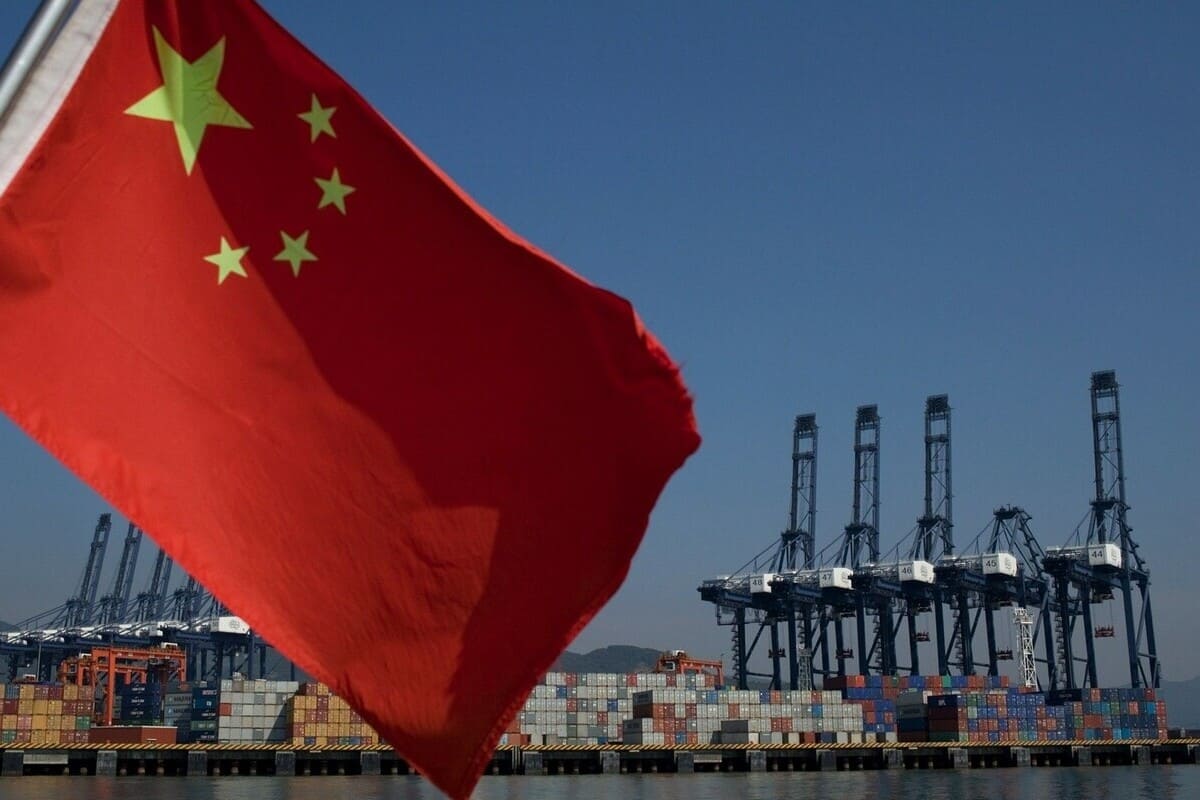China’s consumer price index (CPI) edged down 0.1 percent year on year in May. On a monthly basis, the CPI dipped 0.2 percent last month, according to recent official data. The Chinese National Bureau of Statistics (NBS) reported that falling energy prices, which contributed 0.47 percentage points to the year-on-year decline in the CPI last month, were the primary factor affecting the country’s CPI. The core CPI, excluding food and energy prices, climbed 0.6 percent year on year in May, accelerating from a rise of 0.5 percent registered in April, NBS stated. A detailed breakdown of the data indicated that food prices declined 0.4 percent year on year last month, non-food prices remained flat, consumer goods prices dropped 0.5 percent, while service prices increased by 0.5 percent. During the January-May period, China’s CPI averaged a 0.1-percent decline compared to the same period last year, according to the NBS.
Data also revealed that China’s producer price index (PPI) fell 3.3 percent year on year in May, a decline that widened from a fall of 2.7 percent in April.
Read more: Strong Q1 growth reduces urgency for rate cuts in China
China’s export growth hits three-month low
China’s export growth slowed to a three-month low in May as U.S. tariffs impacted shipments, while factory-gate deflation deepened to its worst level in two years, adding pressure on the world’s second-largest economy from both domestic and external fronts. U.S. President Donald Trump’s global trade war and fluctuations in Sino-U.S. trade relations have recently sent Chinese exporters and their partners across the Pacific on a tumultuous journey, hindering global growth.
Customs data emphasized the U.S. tariff impact on shipments, showing that China’s exports to the U.S. plummeted 34.5 percent year on year in May in value terms, marking the most significant drop since February 2020 when the COVID-19 pandemic disrupted global trade. Total exports from the Asian economic giant expanded by 4.8 percent year on year in value terms last month, a slowdown from the 8.1 percent increase in April and below the 5.0 percent growth anticipated in a Reuters poll, despite the reduction of U.S. tariffs on Chinese goods that took effect in early April. Imports decreased by 3.4 percent year on year, a larger decline than the 0.2 percent drop in April and worse than the 0.9 percent downturn expected in the Reuters poll.
Exports had surged 12.4 percent year on year and 8.1 percent in March and April, respectively, as factories hurried shipments to the U.S. and other overseas manufacturers to avoid Trump’s substantial levies. While exporters in China found some relief in May as Beijing and Washington agreed to suspend most of their tariffs for 90 days, tensions between the two largest economies remain elevated, with negotiations ongoing over issues ranging from China’s rare earth controls to Taiwan.
Imports from U.S. decline 18.1 percent
Trade representatives from China and the U.S. are scheduled to meet in London on Monday to resume talks. China’s imports from the U.S. also continued to decline, dropping 18.1 percent from a 13.8 percent decrease in April.
Notably, China’s exports of rare earths rose sharply in May, despite export restrictions on certain types of rare earth products causing plant closures across the global auto supply chain. The latest figures do not differentiate between the 17 rare earth elements and related products, some of which are exempt from restrictions. A clearer understanding of the impact of these curbs on exports will be available when more detailed data is released on June 20.
China’s trade surplus for May was recorded at $103.22 billion, an increase from $96.18 billion the previous month. Additional data released on Monday indicated that China’s imports of crude oil, coal, and iron ore fell last month, underscoring the fragility of domestic demand amid rising external challenges. In May, Beijing implemented several monetary stimulus measures, including cuts to benchmark lending rates and a 500 billion yuan low-cost loan program, aimed at mitigating the trade war’s impact on the economy.
China’s markets reacted mutedly to the data, with the blue-chip CSI300 Index rising by 0.29 percent and the benchmark Shanghai Composite Index up by 0.43 percent.
For more news on economy, click here.




